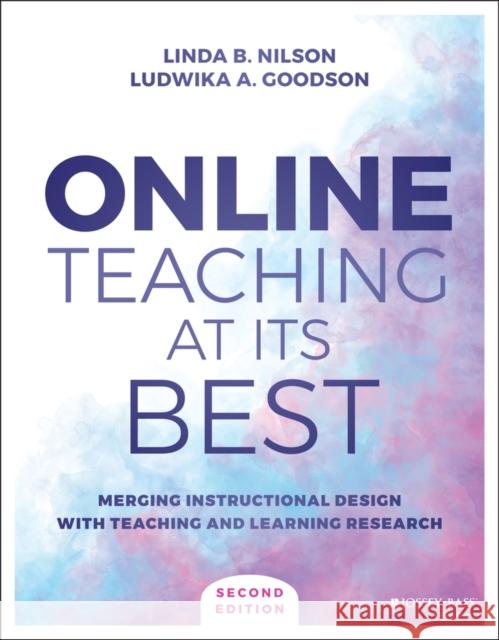Online Teaching at Its Best: Merging Instructional Design with Teaching and Learning Research » książka
topmenu
Online Teaching at Its Best: Merging Instructional Design with Teaching and Learning Research
ISBN-13: 9781119765011 / Angielski / Miękka / 2021 / 304 str.
Online Teaching at Its Best: Merging Instructional Design with Teaching and Learning Research
ISBN-13: 9781119765011 / Angielski / Miękka / 2021 / 304 str.
cena 181,04 zł
(netto: 172,42 VAT: 5%)
Najniższa cena z 30 dni: 178,56 zł
(netto: 172,42 VAT: 5%)
Najniższa cena z 30 dni: 178,56 zł
Termin realizacji zamówienia:
ok. 8-10 dni roboczych
Dostawa przed świętami
ok. 8-10 dni roboczych
Dostawa przed świętami

Darmowa dostawa!
Kategorie:
Kategorie BISAC:
Wydawca:
John Wiley & Sons Inc
Język:
Angielski
ISBN-13:
9781119765011
Rok wydania:
2021
Ilość stron:
304
Waga:
0.69 kg
Wymiary:
27.61 x 21.59 x 1.8
Oprawa:
Miękka
Wolumenów:
01











